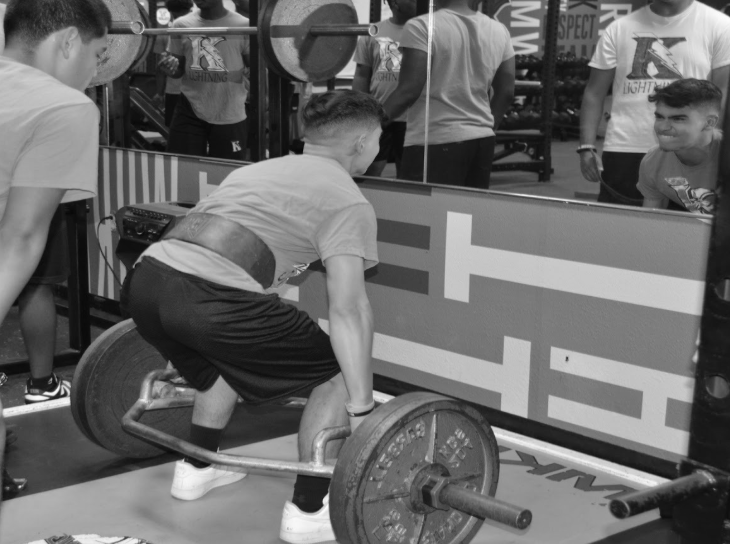Are school lockdown policies really effective?
Over 2,000 school shootings have occured in the United States since 1970, with that number steadily on the rise. The unfortunate reality is that an active school shooter scenario is a very real possibility, but what changes can be made to help lower that risk?
The current lockdown procedures for Miami-Dade County Public Schools are to turn off all of the lights and audio-visual equipment, lock all doors, close windows, and head to the room’s “hard corner,” while staying completely silent.
A “hard corner” is a designated corner of a room deemed the safest; the corner farthest from any potential entry points. The point is to try to convince the shooter there is nobody in the room, although the likelihood that the entire school is empty on an average school day is not very probable. Also, the attack is probably one of “targeted violence,” where the shooter selects a target prior to it, according to the final Safe School Initiative report.
With the high mortality and injury rates caused by school shootings, lockdown procedures are not completely effective and can be improved upon for further safety measures. So what measures can schools take to add extra protection to their faculty and student bodies?
Florida already implemented one method: arming teachers with guns. A law passed in 2019 granted school districts the right to arm their teachers and security guards in response to the 2018 Parkland shooting, so long as they pass a psychological and drug screening exam and complete 144 hours of training. This is not a viable solution by any means, as spending time in gun training is something teachers should not feel pressure to do.
Regardless, teachers with guns in school is not a good idea as they can be utilized in an offensive way either by said teacher or by a student who comes into possession of the weapon. The concept also does not bode well in an active shooter scenario, not only is a shootout between a teacher and a gunman unlikely, but unfair to teachers.
“That responsibility is not on us,” Advanced Placement Physics teacher Daniela Poenariu said. “Only our school security guards and police should be armed, teachers are hired to teach, not to handle guns.”
So if arming teachers is not a solution, what is? The best way to tackle the increasing school shooting issue not just in our school, but state and nationwide, is to create much harsher gun laws and have programs implemented in schools to spot and prevent possible school shooters. Putting severe restrictions on who can buy a gun with extensive background checks is a good start.
Currently the state of Florida does not require a permit to purchase a firearm, and the waiting period is a mere three days between purchase and delivery. Mandating a permit as a prerequisite to purchasing a gun immediately eliminates a large group of people from owning guns, as you need to be 21 years or older, and eliminates 70 percent of school shooters from purchasing firearms, according to News Nation.
Teaching students and faculty to spot a possible shooter by noticing the warning signs is essential in possibly preventing a school shooting. Schools can accomplish this by having presentations dedicated to teaching kids how to recognize red flags in their peers and stress the importance of reporting them to faculty members.
In our school specifically, an initiative can be taken by our mental health counselors to teach student leaders, like our student mentors or those in SGA, how to spot students in a mental health crisis or those showing alarming behavior and report them to the administration.
“I think it’s a very real possibility and a good idea,” Assistant Principal Alicia Brown said. “Students usually tell things to their friends and if they were trained on what information is important to report, it would be a really beneficial system.”
Now in the case of an active shooter scenario, a possible solution is for classes to barricade the door, or any other entry points of the room immediately with both students and teachers helping. This is supported by the “Active Shooter, How To Respond” packet by the U.S Department of Homeland Security. Some teachers have already added unorthodox procedures during our code red drills, like adjusting chairs to block the handle of the door or stacking desks against any entry points. Having easily movable objects like desks or tables in every classroom would definitely help to barricade the room, and while most classrooms have these, some are lacking.
Having more security on campus is always a plus, as it adds more eyes on the lookout for possible threats and more defense if they approach, but besides barricading the door there is not much a classroom can do in terms of protection.
“The lockdown procedures we have implemented are the best we can do,” Social Studies teacher Eric Hafter said. “It’s a very unfortunate reality and having and following these procedures is the best course of action a classroom can take in this scenario.”
Teaching students and teachers to block any entry points in a code red scenario, along with more security on campus, and spotting and calling out potential attackers before they can strike, seems to be the wisest strategy in this nightmare situation.





























